You have /5 articles left.
Sign up for a free account or log in.
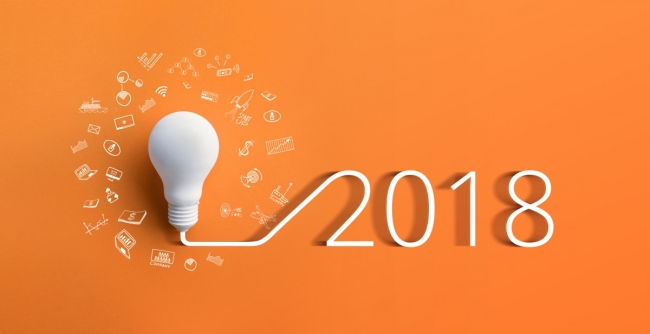
Istockphoto.com/HAKINMHAN
Just like that, another year is almost over. If it's been as much of a whirlwind for you as it has for us, you're likely struggling to make sense of all that changed on the digital learning landscape this year.
Our second annual year-end recap is here to help. We gathered some of the most thoughtful observers of the field to ask these three questions:
- What digital learning development from the past 12 months (either a specific piece of news or a trend) will we still be talking about five years from now?
- Why is this development likely to stick around as a topic of conversation and a driver of innovation?
- How will the conversation evolve in the coming years?
Here's what they said.
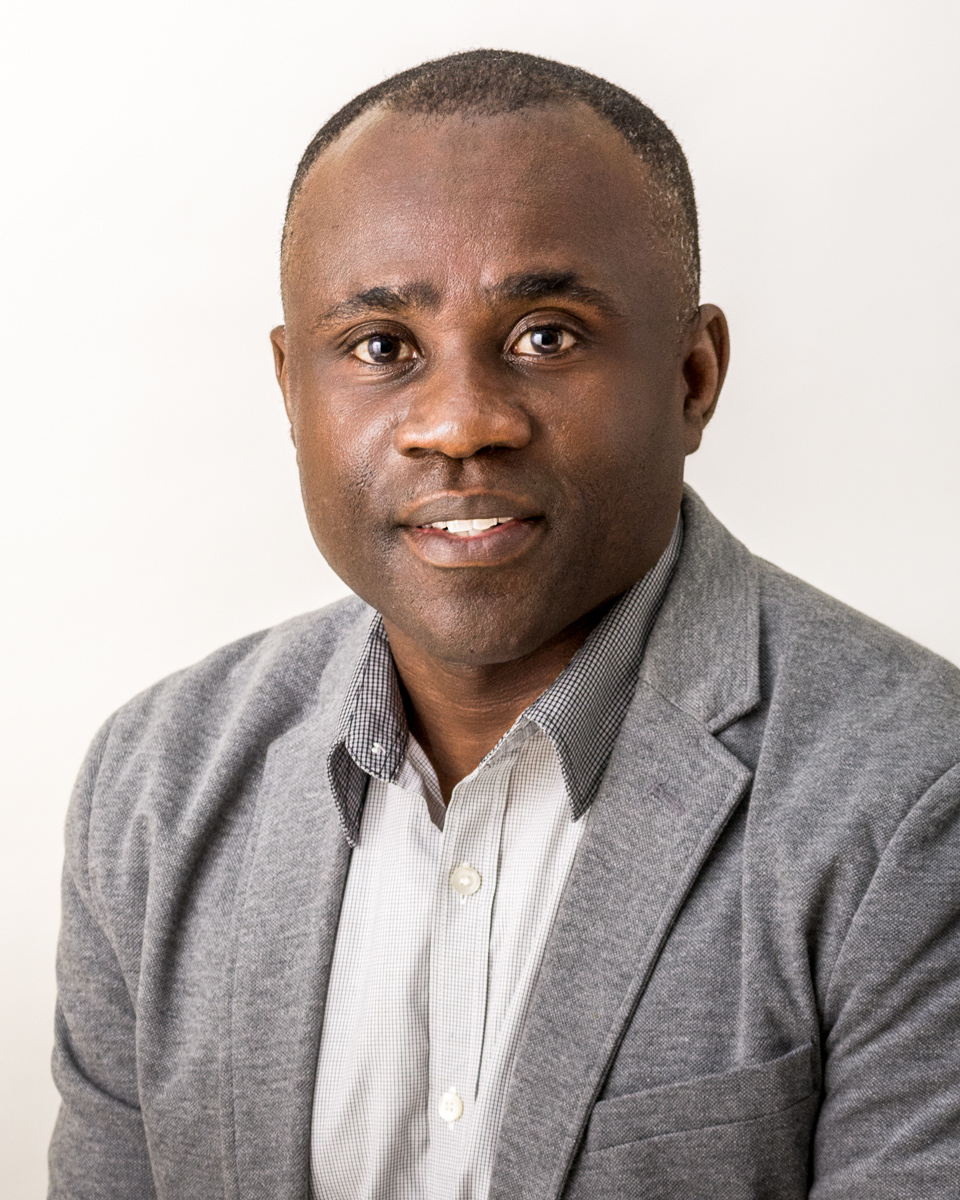 Erasmus Addae, associate vice president of distance education, Austin Community College
Erasmus Addae, associate vice president of distance education, Austin Community College
I think we will be talking about AI-enabled video platforms for digital learning, including streaming videos and interactive videos.
Video platforms such as OVP (online video platform), EVP (enterprise video platforms) and EdVP (education video platform) are increasingly becoming the media of choice in digital learning for performance support, user-generated content and learning scenarios. The principal deficiency of video in the past was the ability to search down to the frame level. This is now being addressed by a new generation of video solutions. The latest incarnation of bite-sized learning, known as microlearning when combined with video, is going to feature prominently in the next few years.
More From "Inside Digital Learning"
Instructors are making quick progress on finding creative ways to incorporate artificial intelligence into pedagogy.
Of all the promises behind the next wave of video technologies, those promised by AI-enabled videos have the greatest potential to transform. Recent breakthroughs in artificial intelligence will allow students to find the best instructional videos, similar to the Netflix model that finds the best movies based on subscriber preferences. AI-enabled videos have the ability to personalize learning. In the coming years, we can expect the use of AI in videos to improve student learning outcomes by leveraging student data to personalize learning.
At Austin Community College, a video platform that provides the capabilities for scenario-based learning is being used in the registered nursing program and has proven to be a rich and powerful medium to enrich the curriculum. As the technology evolves, the institution will continue to explore all the benefits of AI-enabled videos. The current conversation, as the implementation of videos in the nursing curriculum is ongoing, has been centered on accessibility: How do we make content accessible to entire audience? How do we improve the machine captioning? We'll have to answer those questions, and many others, soon.
 Nicole Allen, director of open education, Scholarly Publishing and Academic Research Coalition
Nicole Allen, director of open education, Scholarly Publishing and Academic Research Coalition
Open educational resources (OER) have been around -- and gaining ground -- for more than a decade, but 2018 was a turning point in a number of ways. Governments put nearly $20 million toward expanding OER in higher education, including $8 million from New York for the second year in a row, and $10 million from the U.S. Congress.
Similar investments have generated significant returns in student savings, most recently confirmed in a North Dakota state audit that documented savings 10 to 20 times the modest original investment. Worldwide, the savings through OER for students, parents and schools have surpassed $1 billion, according to our calculations.
More From "Inside Digital Learning"
The federal government awarded $4.9 million to LibreTexts, an OER project at the University of California, Davis, aiming to create a customizable library of materials on STEM and career/technical subjects.
Next year the U.S. Department of Education will award another $4.9 million to several OER projects.
Also this year, OpenStax announced that its free, open textbooks are used at nearly half of all U.S. institutions, and at least 38 community colleges are establishing degree pathways that use OER in every course. Links between OER and equity are emerging, with a new study from the University of Georgia that found the use of OER was associated with higher grades for Pell-eligible and other traditionally underserved students. Meanwhile, OER is becoming a focal point in mainstream higher education conversations, most recently with an OER implementation summit organized by the regional higher education compacts MHEC and WICHE.
Five years from now, we will still be talking about OER -- but not in the way you might think. My prediction is that 2019 is the year when the national conversation about OER shifts from being solely about saving money to leveraging openness to make course materials better. OER has the power to unlock new ways for faculty to exercise academic freedom in the classroom, for students to meaningfully engage with their materials and for institutions to promote the success of all students.
 Bob Atkins, CEO, Gray Associates
Bob Atkins, CEO, Gray Associates
There is a fundamental shift in student interest from on-ground to online programs. In 2018, inquiries for online programs have grown more than 6 percent, according to our data. Meanwhile, inquiries for on-campus programs have seen more than a 9 percent decline. We expect this trend to continue for several years as the population of potential adult learners continues to grow, and the annual number of high school graduates stays flat.
Online institutions are reaching nearly unprecedented scale: there are eight institutions with over 80,000 students enrolled, five of which have over 100,000 students. Scale should enable these institutions to invest more in marketing, analytics and teaching, which could give them a substantial advantage over smaller colleges.
More From "Inside Digital Learning"
One-third of all students now enroll in at least one online course, according to the latest IPEDS data.
However, the online market appears to be brutally competitive. Four schools gained over 10,000 students each, but these gains were more than offset by enrollment declines at other predominantly online institutions. The University of Phoenix alone lost 46,000 students. Liberty, Ashford and APUS each lost over 7,000 students.
While a giant’s sheer size may be an advantage relative to smaller players, they will also be attacked by other giants in a fierce and unpredictable battle for share.
 Kelvin Bentley, assistant vice president for digital learning innovation, University of West Florida
Kelvin Bentley, assistant vice president for digital learning innovation, University of West Florida
California’s Legislature approved Governor Jerry Brown’s plan for the state to offer the country’s first fully online community college this year. The goal is to provide an estimated 2.5 million Californians aged 24-34 who lack a college education a credential that will improve their social mobility within the world of work. The California Online College (COC) will initially offer only programs in medical coding, information technology and supervision in areas including retail and government.
The COC represents an evolving model of how higher education can and should shift its approach toward attempting to prepare learners who meet the expectations of their future employers. The COC’s programs will be competency-based, and it will work closely with employers to define and affirm the knowledge, skills and abilities that COC learners will need to master.
More From "Inside Digital Learning"
California's plan for an online community college drew a mix of enthusiasm and skepticism as legislators weighed several proposals.
Such an approach has been embodied by several traditional brick-and-mortar community colleges, including those institutions who received TAACCT grant funds to build CBE degree pathways for learners.
The COC’s approach will be tracked and studied closely over the next several years. The COC’s ability to attract and credential learners will be carefully examined by different constituents both within and outside California. Within the state, California’s new governor, the state Legislature, community college faculty, administrators, staff and current and prospective employers will follow initially how well the COC attracts learners. The COC will then need to demonstrate that the credentials it awards help learners obtain access to jobs.
If the COC is successful in achieving its metrics, there is potential for community colleges in and outside California to adapt and adopt its practices. In addition, such institutions can help to ensure their employer partners perceive their learners as having the competencies needed to be successful in their respective jobs.
 Jill Buban, chief academic officer, Unizin
Jill Buban, chief academic officer, Unizin
In 2018 we’ve seen the evolution of many digital teaching and learning tools and pedagogical practices, such as inclusive access models for digital content, scalable personalized and adaptive learning implementations, and a wider breadth of understanding surrounding learner analytics. In 2023, I predict there will be no textbooks, only digital content and courseware, and personalized and adaptive learning will be refined in such ways that all students have unique, unified learner profiles through data provided on robust learning analytics platforms.
Digital content and courseware will fully replace textbooks in order to increase access to materials and reduce costs for students. Inclusive access models provide students the ability to use course materials on or before the first day of class. This is crucial to success in all environments and for all types of students, from traditional, campus-based learners to online and blended learners to active military learners.
More From "Inside Digital Learning"
Indiana University hopes other institutions emulate the successes of its inclusive access approach to textbooks.
Pedagogically, digital content allows faculty the opportunity to flip their classrooms, increase accountability and better understand individual and class learning through content analytics and content tools.
At the institution level, inclusive access models will impact persistence and retention. The conversation around digital content will evolve to an "inclusive content package" model that includes OER, publisher and library content. Students will have inclusive access for all materials, and institutions will be able to adopt these at a low cost. This type of package will continue to allow faculty to select resources and students to have early access, with the hopes of increasing persistence toward degree completion.
The user data collected from digital content will be integrated with multiple systems to create robust learner profiles. Refined inclusive access models, personalized and adaptive learning, and learner analytics will continue to evolve to drive innovation because they impact high-priority areas in higher education for all learners. The future is digital!
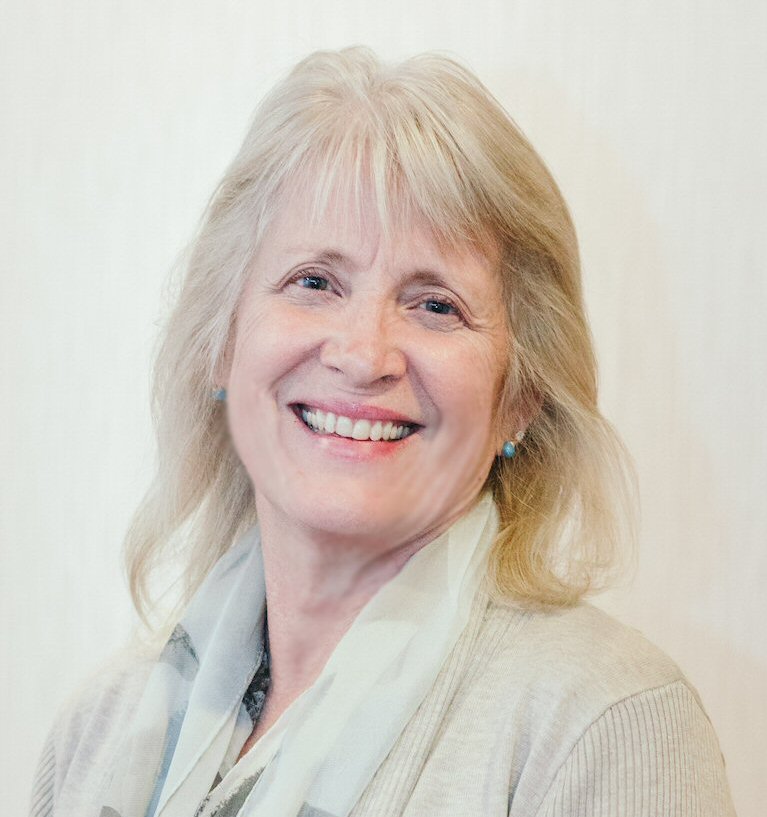
The year's most notable development was the increasing prominence of digital tools in classes using mobile applications. With increased use of mobile devices including tablets, education is more accessible to a larger group of students in different life stages and socioeconomic brackets. This development impacts students and faculty (online and campus) as well as vendors of digital tools.
Students will drive this innovation since we are becoming increasingly more savvy with and, in some cases, dependent upon mobile devices for information. Additionally, K-12 students are using digital tools as a normal protocol including class work and homework assignments.
More From "Inside Digital Learning"
Debate continues over the benefits and drawbacks of allowing digital devices in classrooms -- and over whether requiring smartphone use leaves some students behind.
Meanwhile, the Pew Research Center indicates that 95 percent of adults now have a mobile device and that digital information is an integral part of daily living.
Several facets of the conversation about mobile devices and higher education will emerge. One topic for educators will be how to design and deliver course content that engages students and achieves course outcomes using a mobile device. Pedagogy using a mobile device effectively will also need to be considered. Faculty engagement and acceptance of this new medium will also be worth discussing, as will measuring and assessing student outcomes using a different method of instructional delivery.
The ultimate question for educators in higher education is: How can we adapt to mobile technology while maintaining integrity?
 Tanya Joosten, director of digital learning research and development, University of Wisconsin at Milwaukee
Tanya Joosten, director of digital learning research and development, University of Wisconsin at Milwaukee
Thanks to technology’s ability to capture and store information about its users and our interactions with or behaviors within the technology, we have a lot of data. Moreover, education is under greater pressure to prove technology is working and worth the investment, not only in price, but also the resources to support teaching and learning with the technology. At the same time, technology companies must provide evidence of their products’ efficacy or effectiveness. Therefore, the development of data-driven actions will still be discussed for years.
Everyone is currently figuring out how to use data to help us solve challenges and improve teaching and learning. In examining the popular trend reports, an array of solutions focusing on data-driven actions dominate: learning analytics, adaptive learning, artificial intelligence, evaluation of tech-based instructional interventions, learning sciences, data sciences and predictive analytics for student success in advising and teaching. Each of these areas is, in part, due to the data we have or can collect easily that can help us take appropriate action to improve education.
The conversation will be twofold, focusing on improving the data and examining the data-driven actions from a critical lens. That means efforts to identify theoretically meaningful metrics for measuring learning and technology adoption, asking important questions, identifying numerous data sources and observations, looking beyond input and output data, and contextualizing data with the help of technology. There are many concerns about the security, sharing and ownership of data and development of biased, nontransparent and nonvalid algorithms claiming predictability. Finally, there will be future discussions in great depth as to the dialectical between automation of education and areas requiring greater agency, heurism, ambiguity and authenticity.
 Josh Kim, director of digital learning initiatives, Dartmouth College
Josh Kim, director of digital learning initiatives, Dartmouth College
This year, serving the maximum number of students and enhancing learning experiences using technology were again at the forefront of discussions about higher education. In 2019, our Inside Higher Ed community (readers, reporters, editors and bloggers) will commit to discussing the current role and the future of academic libraries and librarians within higher education.
You are likely thinking, “That is not the question that he is supposed to answer. How do academic libraries and librarians relate to the coming year of digital learning?” You are also maybe wondering why someone outside the academic library community is calling for a yearlong conversation about academic libraries and the academic librarian profession.
The reasons for my call for Inside Higher Ed to devote the considerable resources of this community to a yearlong conversation about academic libraries comes from the hypothesis that the work that academic librarians engage in is inextricably linked to the social value generated by higher education. No issue is more important for learning, including digital learning, than the future of the academic library.
In an age of fake news and alternative facts, and of an ever-increasing concentration of information power among a handful of digital platform providers (Facebook, Amazon, Google), academic libraries serve as essential defenders of open information access, accessibility and privacy.
As a digital learning educator working outside an academic library organization, I have more questions than answers.
- How is the role of the academic library changing as colleges and universities develop new models of teaching (including digital learning), scholarship and credentialing?
- How are academic libraries balancing ever-greater demands on their services and their people with the realities of reduced funding?
- How are academic libraries impacted by the broader public funding crises, demographic trends and overall economic challenges that colleges and universities are attempting to navigate?
How might we start a yearlong communitywide Inside Higher Ed conversation on the present challenges, and the future shape, of the academic library?
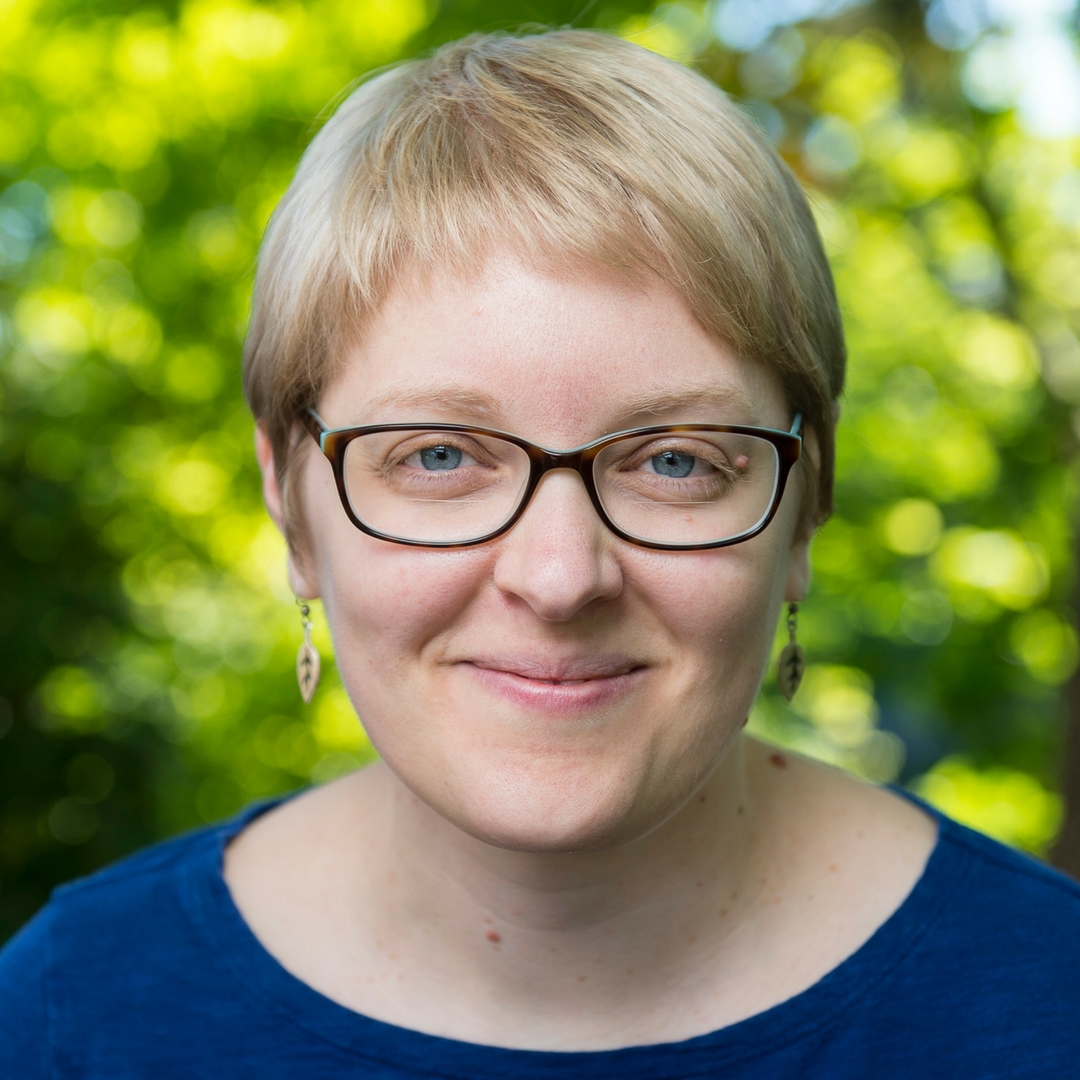 Katie Linder, research director, Oregon State University Ecampus
Katie Linder, research director, Oregon State University Ecampus
Over the past several years, it’s been interesting to see an increase in the research on how the digital environment is impacting our brains. Most recently, I’ve been intrigued by the literature on digital versus traditional reading. Wolf’s (2018) Reader, Come Home, for example, offers an overview of the way technology has changed the ways that we process language. As a former English major and a current online education researcher, I find it fascinating that digital tools we engage with each day are causing fundamental changes in the brain in ways that we did not -- and probably could not -- anticipate.
There is a strong trend of popular nonfiction that explores the relationship between technology, culture and cognition. From Carr’s 2011 The Shallows to Greenfield’s 2015 Mind Change to the more recent Bored and Brilliant (Zomorodi, 2017), I’ve followed along with much interest.
More From "Inside Digital Learning"
Professors at institutions of all kinds are testing out new technology-enabled approaches to teaching and learning.
It turns out that the more we integrate and engage with the digital environment in our daily lives, the more our brains are evolving right alongside the technology tools that we are regularly updating and upgrading. Neither technologies nor our brains will stop evolving, so our interest in this topic is likely to continue.
We’re just starting to scratch the surface of understanding how the brain is impacted by the digital environment. This may be why higher education continues to wrestle with the implementation of technologies for teaching and learning (a recent survey found that only 30 percent of instructors believe online courses can achieve student learning outcomes that are comparable to those of face-to-face courses). The efficacy question of what technology tools work and for whom is alive and well, and this is one reason why the Oregon State University Ecampus Research Unit has focused on efforts to help others explore the research on online learning efficacy.

The growth, scalability and sustainability of innovations created both excitement and anxiety in 2018. Let’s start with growth.
In November, Inside Higher Ed cited a U.S. Department of Education report on distance education growth with about a third of all students taking at least one distance course. While overall higher education enrollments declined in recent years, more students take distance classes each year.
Earlier in the year, Southern New Hampshire University and Western Governors University were reported to be approaching 100,000 distance enrollments. Apparently, both have now raced past that mark.
But growth leads to scalability and sustainability problems and new solutions.
Remember when 2012 was declared the Year of the MOOC? Six years later, having seemingly abandoned their altruistic goals, MOOC companies have taken different paths, including offering traditional online master’s degrees, becoming OPMs and, in Udacity’s case, dropping its money-back promise and laying off employees.
In case the fully online market is being saturated, some universities were planning to add local, hands-on assistance. In February, Ohio became Western Governors University’s eighth state affiliate. In November, Georgia Tech considered creating “storefronts” to serve its online students and to attract more students who want at least some face-to-face engagement.
As institutions try to find their way in the quickly evolving postsecondary landscape, scalability and sustainability of innovations will become more important. Institutions will have to decide where to invest their limited resources to have the most impact and to best serve students. To help, WCET has been entrusted with grants to work on scalability and sustainability in adaptive learning and in open textbooks.
It is no longer enough to “let a thousand flowers bloom” with educational innovations. We need to determine what works, how it fits into the institution’s mission and how it can be fiscally supported.
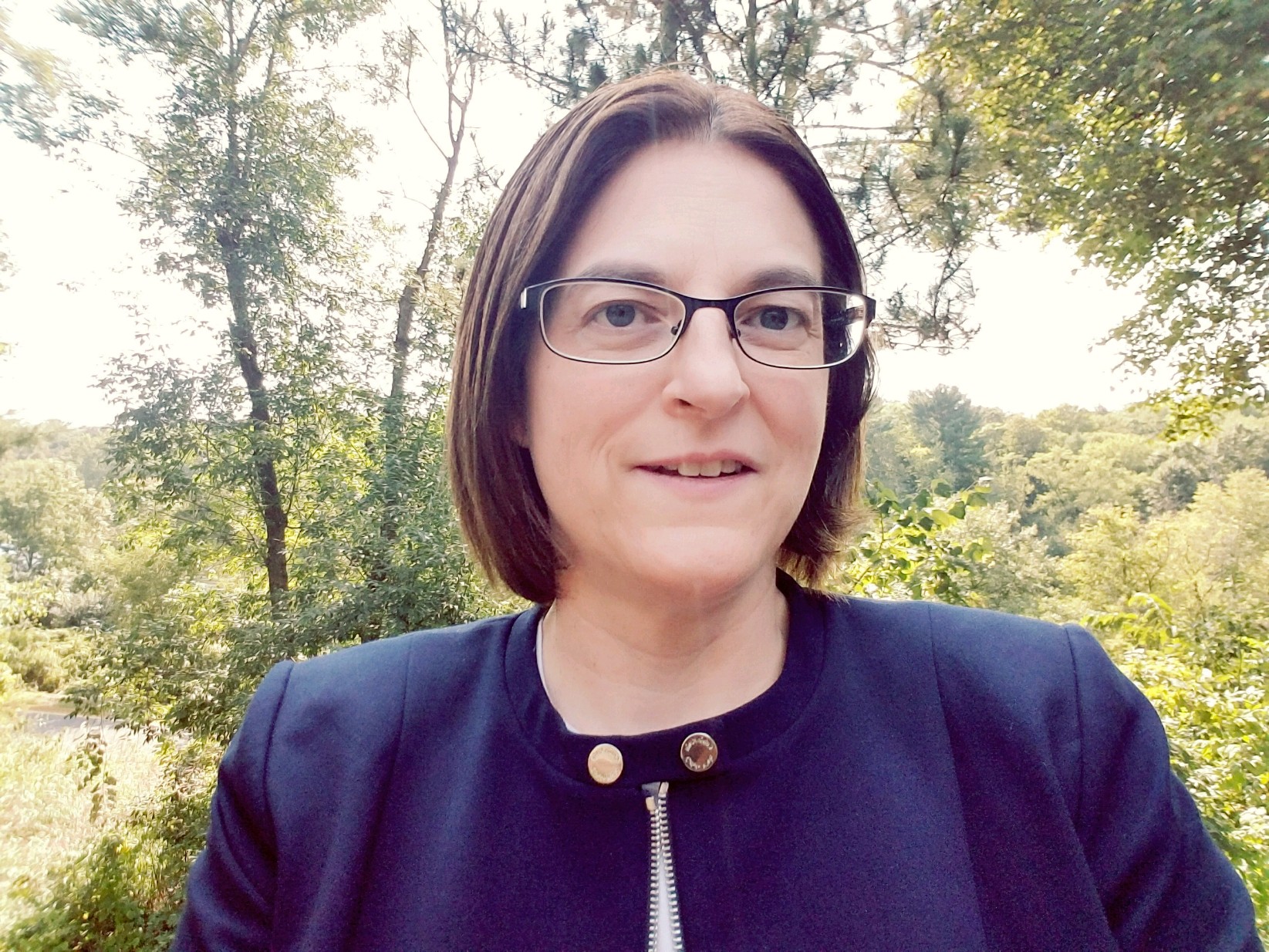 Penny Ralston-Berg, senior research instructional designer, Penn State World Campus
Penny Ralston-Berg, senior research instructional designer, Penn State World Campus
The professionalism of instructional designers in higher education is a hot topic that will continue to evolve in the years ahead. Although instructional design has been around since World War II, there is a recent new interest or, as Trey Martindale described on a panel at the 2018 DT&L Conference, a “rediscovery” of instructional design in higher education. Yet there continue to be inconsistencies in job titles, descriptions and duties. Institutions are adding instructional designers, but in what way? And how can instructional design positions be leveraged to have the greatest impact on student learning? This is an important conversation.
In the next five years, instructional designers will have a greater presence and perceived value in the quality and success of digital learning. Institutions will turn to the ibstpi instructional designer competencies to better inform instructional designer job descriptions, professional development needs and career paths.
More From "Inside Digital Learning"
Instructional designers are still struggling to capture faculty members' attention.
Better-configured teams, such as MSU Denver’s Course Design Xchange (CoDeX) and its use of tokenomics, will increase efficiencies while maximizing impact.
In practice, more designers will participate in research -- collaborating with faculty to investigate teaching and learning. An Oregon State University Ecampus study confirmed that instructional designers’ interest in research is not only for their own professional development and growth, but also to collaborate with faculty and further the discipline.
Professional organizations for instructional design practitioners, such as the Quality Matters IDA, will continue to grow in membership and services. Senior-level designers are actively seeking out professional learning networks and opportunities for honing their design practice. Professional development for IDs will also expand to include more offerings for experienced designers, such as being a mentor in Educause’s ID2ID program. The discussion of professionalism has also left some wondering if it’s time for a professional certification for instructional designers. The conversation will continue.
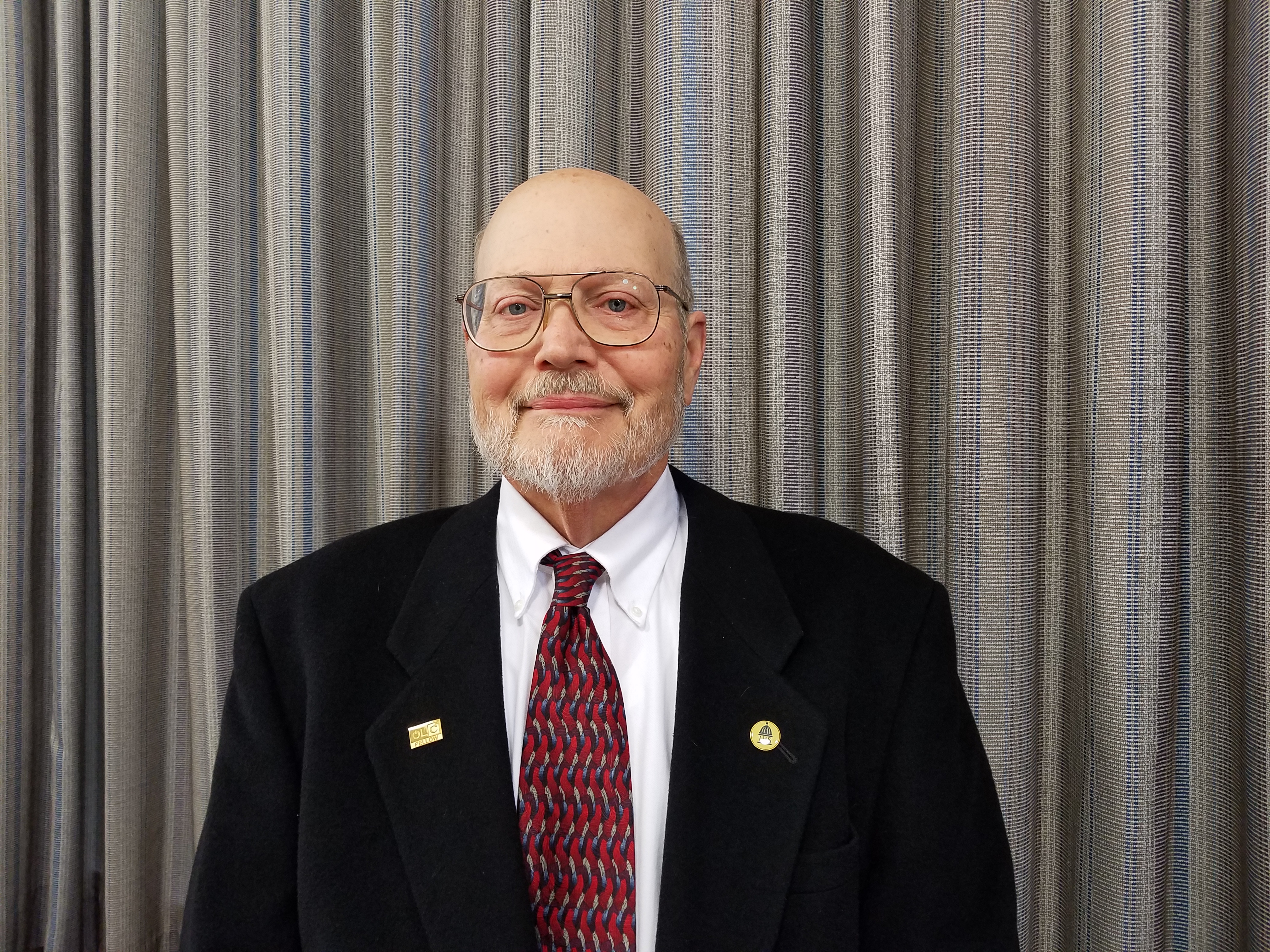 Ray Schroeder, associate vice chancellor for online learning, University of Illinois at Springfield
Ray Schroeder, associate vice chancellor for online learning, University of Illinois at Springfield
This will be remembered as the year that higher education realized traditional certificates and degrees were no longer fully serving the needs of learners. Driven by advancements in technology, jobs in the workplace have begun shifting and disappearing underneath the graduates holding those jobs. Whether you call these changes the rise of the 60-year learner, lifelong learning or lifetime learning, the message is the same. No longer will one, two or three degrees suffice to support a career. No longer will occasional, continuing education sustain the learning needs spanning a career.
In June, Harvard's dean of continuing education, Hunt Lambert, hosted a symposium on the 60-year curriculum. Also in the summer, Washington University's vice provost of Continuum College, Rovy Branon, wrote about certificates supporting lifelong learning for the work force. Building in part upon the remarkable record of Georgia Tech professional education led by Nelson Baker, in April the university adopted an extraordinary vision for the future, Deliberate Innovation, Lifetime Learning -- calling for the Georgia Tech Commitment to a Lifetime Education.
Looking ahead, we must envision anew the way we serve the learner. Emerging are models of a subscription approach to support lifelong students on a large, continuing scale. Among early examples of subscription is the Michigan Ross School of Business, where they offer a free lifelong subscription to selected continuing education. Some years ago, my good colleague Vickie Cook taught me a new learning practice of self-determined learning, heutagogy. In the coming years, providing lifelong career learning will evolve beyond continuing education classes into university subscriptions to an online heutagogical learning environment of robust continuous support of self-determined learners. Students will return again and again to fulfill their needs.
 Dhawal Shah, founder and CEO, Class Central
Dhawal Shah, founder and CEO, Class Central
MOOCs are no longer new; online degrees are even older. But the merger of these two phenomena has resulted in a new mode of learner acquisition that may point the way to a sustainable business model for MOOCs. Over the seven years since they became popular, MOOCs have worked hard to make good on the promise of educating the masses, while larger, venture-backed platforms such as Coursera seek to satisfy the demands of investors. Now, it seems, all the larger platforms, including Coursera, edX and FutureLearn, are bullish on MOOC-based degrees. Why? Because it turns out that free courses are an excellent marketing channel for reaching prospective students who will ultimately pay for full-fledged degree programs.
Here’s how it works: universities offer some part of their catalog on the MOOC platforms. Some portion of these learners can be monetized at the level of a single certificate, a smaller portion at the level of a course series package and an even smaller set at the level of a full degree.
More From "Inside Digital Learning"
This fall edX announced nine new online master's degree programs, cheering advocates of affordable online education.
Even though it’s only a tiny subset of MOOC learners who will go on to earn a degree, the cost of acquiring these learners is small as compared to what traditional online degree programs spend to find paying student customers.
To date around 15 universities have announced 40-plus MOOC-based degrees. Between 25 and 30 of these programs were announced in 2018, making it the biggest year yet for degree programs delivered via MOOC platforms. As compared to traditional online degrees, MOOC-based degrees are different in five ways. These include lower cost, a more relaxed application process, flexible course load options, the existence of stackable credentials building up to the degree and, of course, courses that are free to the public to audit. While not all MOOC-based degree programs embody all of these features, some do.
What are MOOCs good for? It’s a question many have been asking over the past seven years. In 2018, we may have seen the answer to this question.
 Burck Smith, CEO and founder, StraighterLine
Burck Smith, CEO and founder, StraighterLine
Though online courses are usually priced the same or higher than face-to-face courses, the total cost of a degree is decreasing through the emergence of “pathway” programs. Typically, these programs are focused on prospective students, cost substantially less than the program itself, aren’t eligible for financial aid, might have subscriptions rather than flat fee payments and are transferable as credit into a formal program. Examples include StraighterLine’s “refer and return” programs, edX’s Micromasters and BYU Idaho’s Pathway Program.
For students, this is a less risky way to determine readiness while earning a discount. For colleges, it’s a way to attract new students, increase yield and improve student outcomes.
Pathway programs typically require accredited colleges to partner with new providers, require stackability and are being embraced by the biggest accredited providers of online education -- all hot-button trends in higher education. Watch for this to be standard practice in five years.
 James Wiley, principal analyst of technology, Eduventures
James Wiley, principal analyst of technology, Eduventures
Over the past year, the digital learning conversation has shifted from the question of "Which specific technological components and pedagogical approaches are essential?" to "What type of environment would genuinely support it?" As evidenced in Educause, JISC in the United Kingdom and the Dutch organization SURF, there is an increasing focus on the essential functions (timetable management, collaboration, etc.) and technological principles (agility, interoperability, etc.) that digital learning requires.
This shift is significant because it leads institutions to think differently about the intersection of technology, teaching and learning. Instead of merely considering technology as an add-on, developing a digital learning ecosystem leads institutions to consider how to embed technology within their pedagogical approaches to enable the effective delivery of learning. As a result, higher education leaders have to think less about items such as open educational resources, learning management systems and learning analytics, and more about how the entirety of their technological applications help them realize their vision of digital learning at their institutions.
Over time, this way of viewing technology will support innovation in higher education, as institutions look to explore the role of technology in furthering new initiatives more holistically. Likewise, an approach such as this will expose opportunities for technology to adapt and grow to help institutions reach their strategic goals around teaching and learning.
The conversation around digital learning will not die down soon; instead, it will continue to force more profound questions about technology and its role within the institution. Over the next five years, institutions will place much greater importance on ensuring the alignment of technology, teaching and learning to enable them to provide richer educational value to their students.




